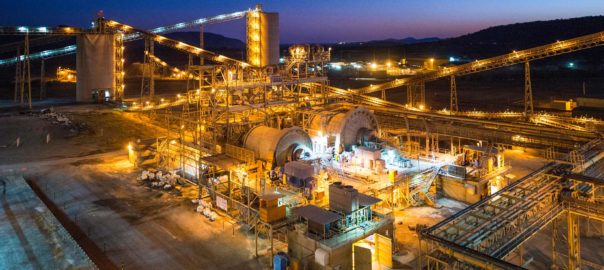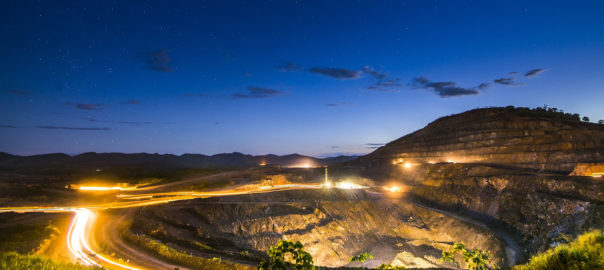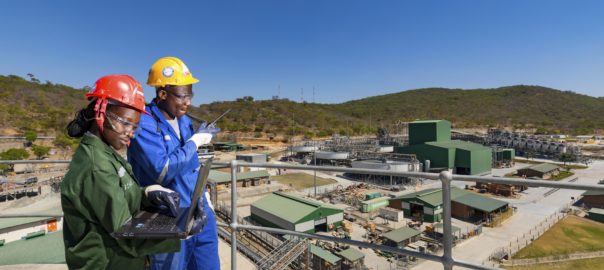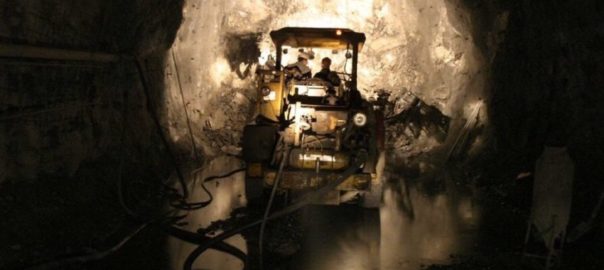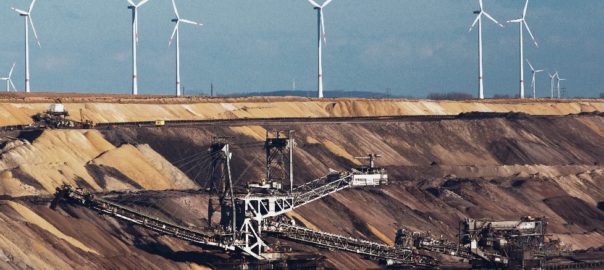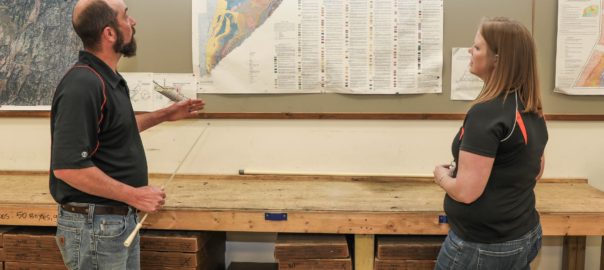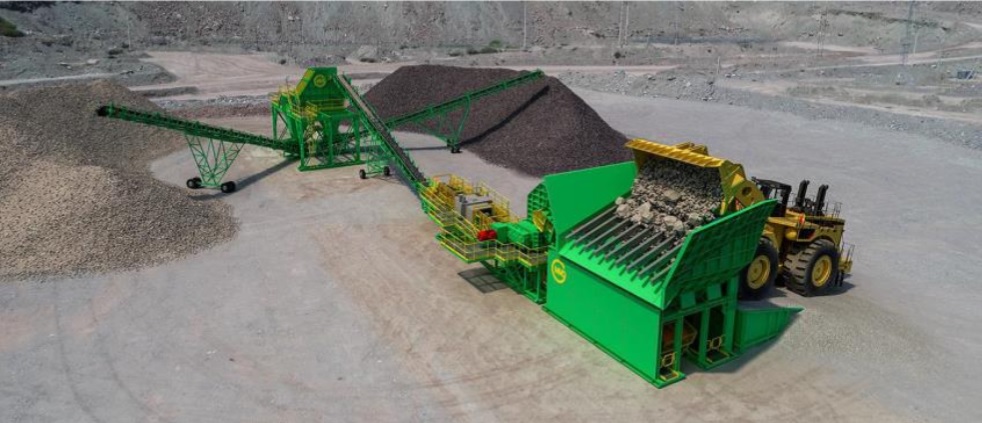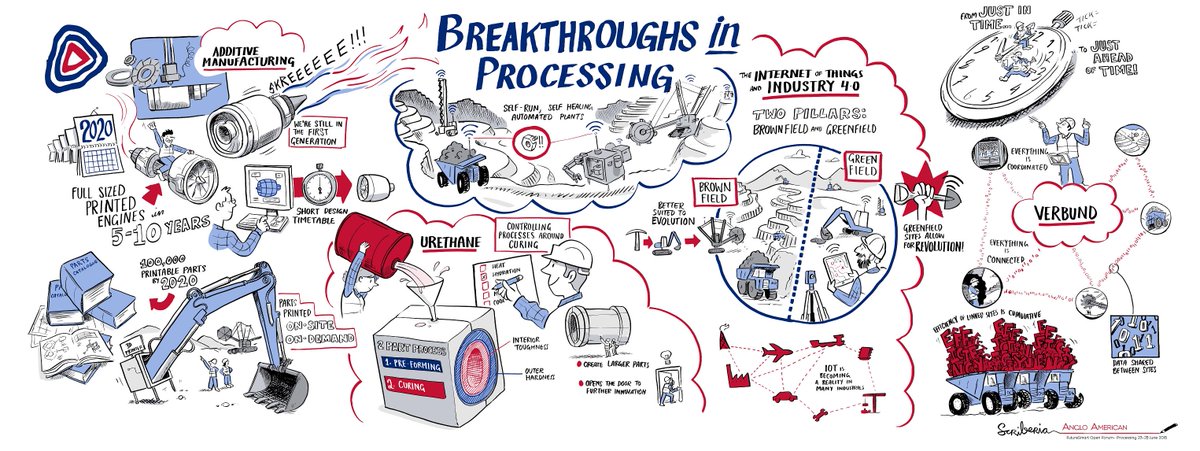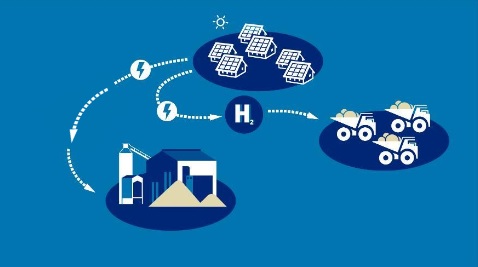Sedibelo Platinum Mines has announced plans to expand its Pilanesberg Platinum Mines (PPM) operation on South Africa’s Bushveld Complex, as well as construct a 110,000 t/y beneficiation plant at PPM employing Kell Technology.
The company plans to mine the three contiguous deposits of Sedibelo Central, Magazynskraal and Kruidfontein – known as the Triple Crown properties – as part of the expansion. These three come with an estimated resource base in excess of 60 Moz of 4PGE.
The predominantly shallow deposits will enable safe and sustainable mining activities for potentially more than 60 years, according to the company. The approved expansion will be funded through Sedibelo’s existing cash resources and future cash flow, with first ounces from Triple Crown expected to be extracted in 2023.
The Triple Crown expansion will be mined simultaneously with ore from the existing open-pit UG2 and Merensky operation, using two separate decline shaft systems, the company said.
The existing PPM concentrator plant has the capacity to be used to process the Triple Crown ore as well as ore from the open pits. With minimal reconfiguration, the Triple Crown UG2 and Merensky ore will be blended and processed through the existing Merensky plant, thereby reducing capital expenditure as well as lowering operating cost significantly, it said.
Speaking of the 110,000 t beneficiation plant, Sedibelo said Kell Technology reduces energy consumption by some 82% with the associated significant reduction in carbon emissions, also improving recoveries and lowering operating costs.
“Benefitting from being robust in operation, Kell is unconstrained by concentrate grade, is insensitive to chrome levels as well as being resistant to other impurities,” it explained. “Hence, using Kell will improve the economic return of the Triple Crown expansion and is an integral part of Sedibelo’s future development.”
As applied to treatment of PGM concentrates, the Kell Process comprises four main unit operations (pressure oxidation, atmospheric leach, heat treatment and chlorination), all of which are conventional and in commercial use in the minerals and metals industry.
Sedibelo shares an interest in Kell South Africa with the Industrial Development Corp and Founder Keith Liddell, through Lifezone.
Arne H Frandsen, Chairman of Sedibelo, said: “Today is a significant day in Sedibelo’s history. We are opening our next door 60 Moz Triple Crown deposit, thereby securing the future of Sedibelo for many decades to come. The construction of our Kell plant will allow us to produce metal and lower our cost profile further. Equally important, it will reduce our carbon footprint and water usage significantly.
“We trust our environmentally friendly platinum group metals will become an important part of future electrification and the ‘green revolution’ used in fuel-cells around the world.”
Keith Liddell, Founder of Kell and CEO of Lifezone, said: “I developed Kell Technology as a cost-efficient alternative to the conventional smelting of PGMs. We are excited to now proceed with the construction of the Kell plant at PPM. The benefit for Sedibelo and the industry will be significant; delivering beneficiation, energy and cost advantages as well as a reduction in CO2 and SO2 emissions.”







